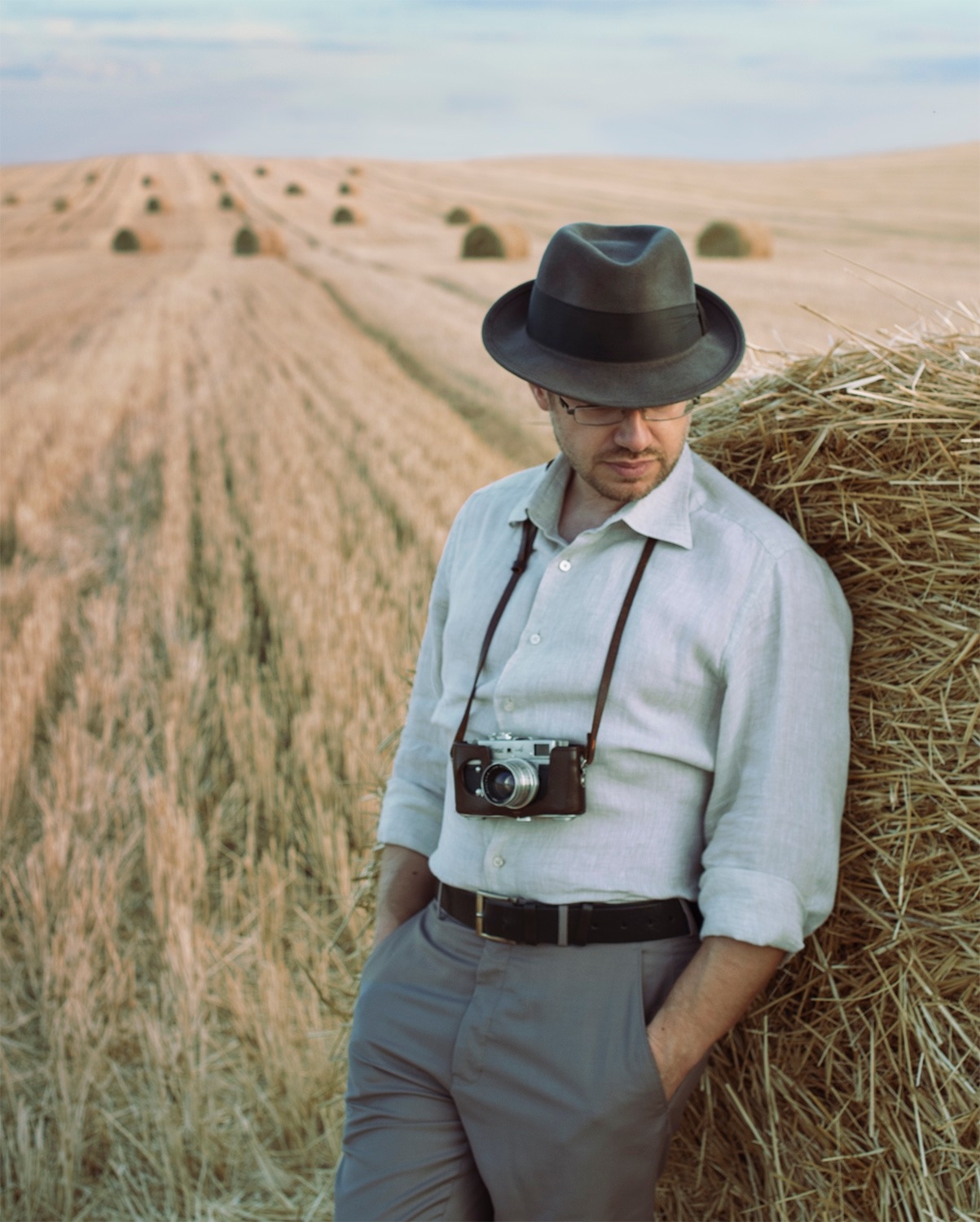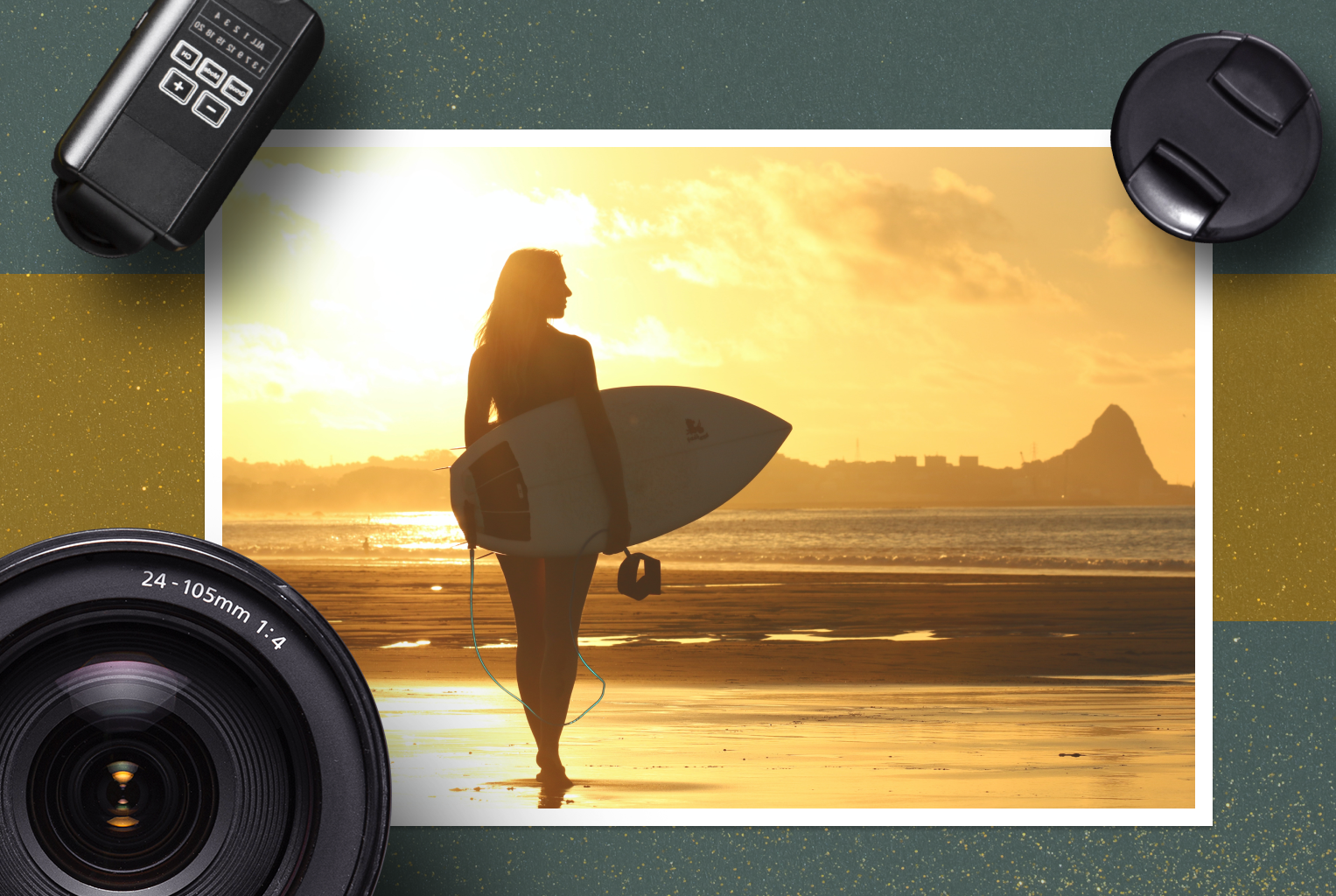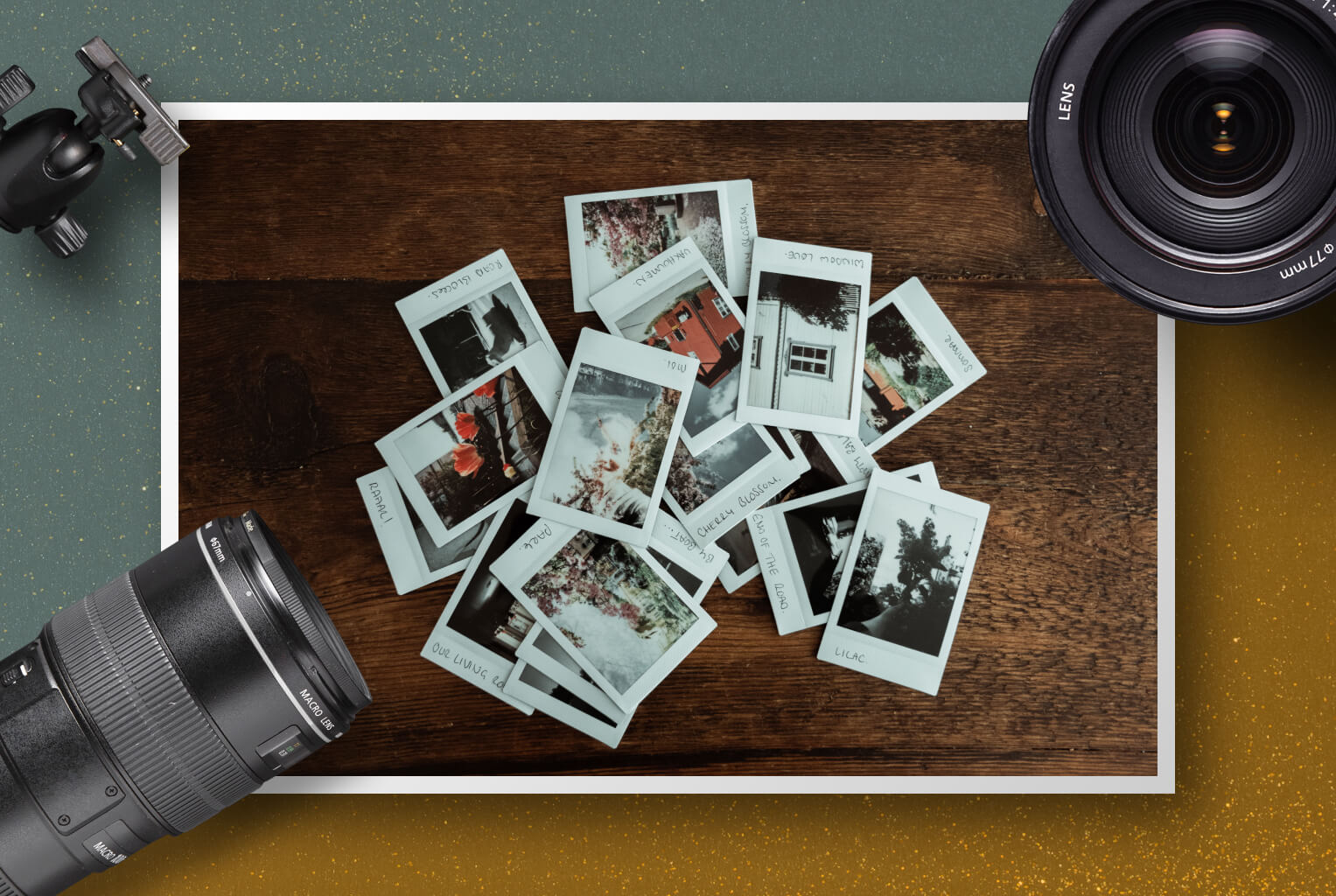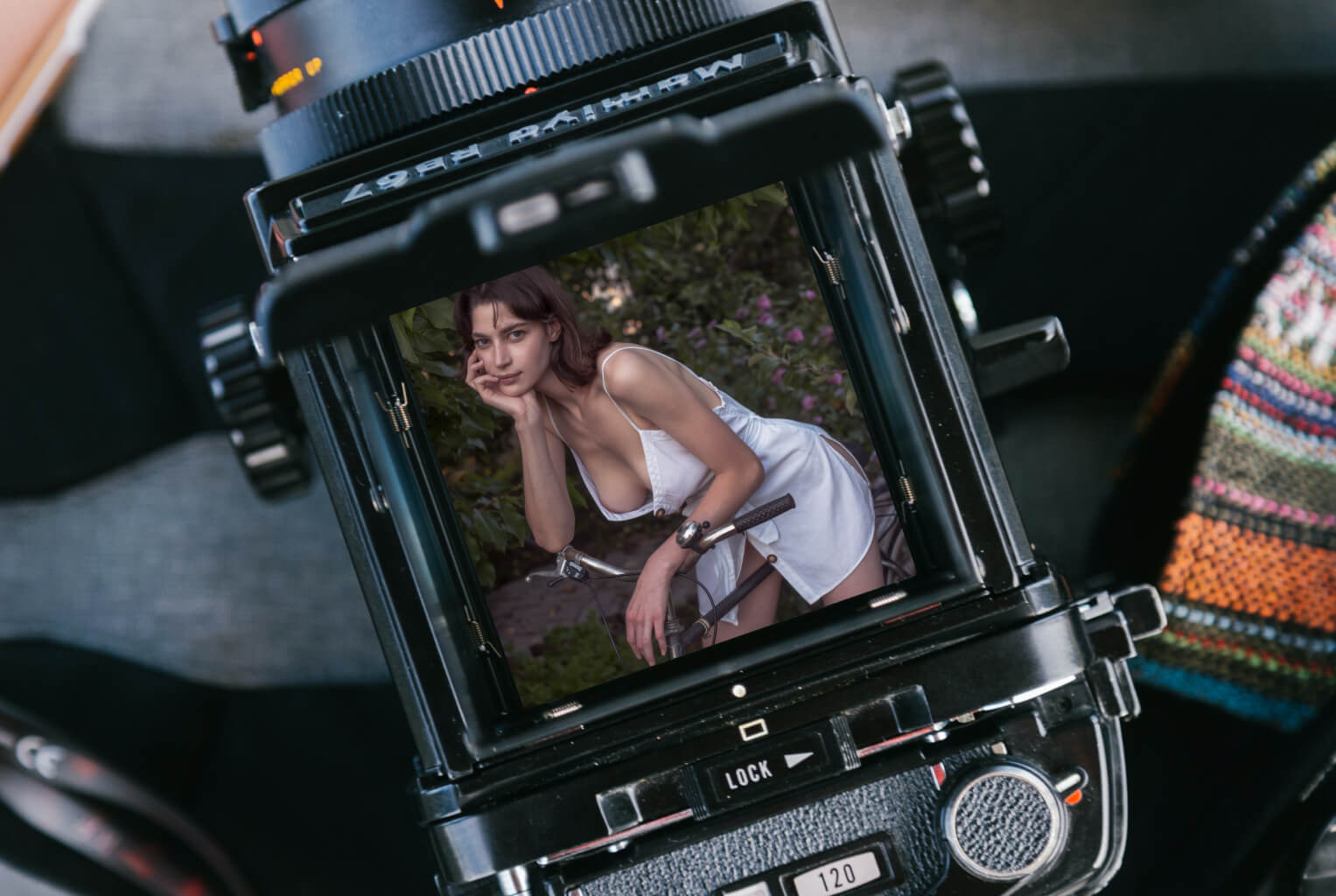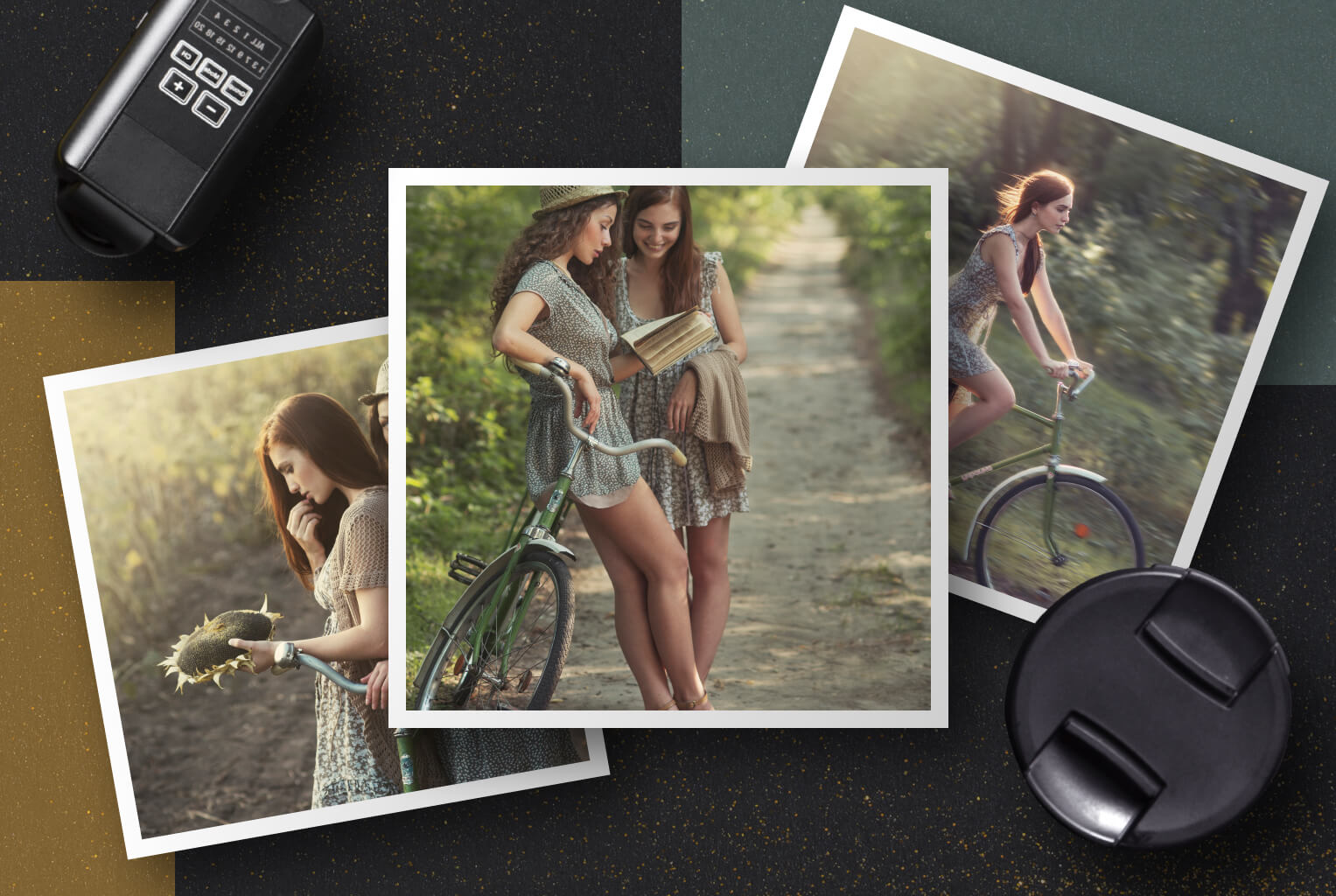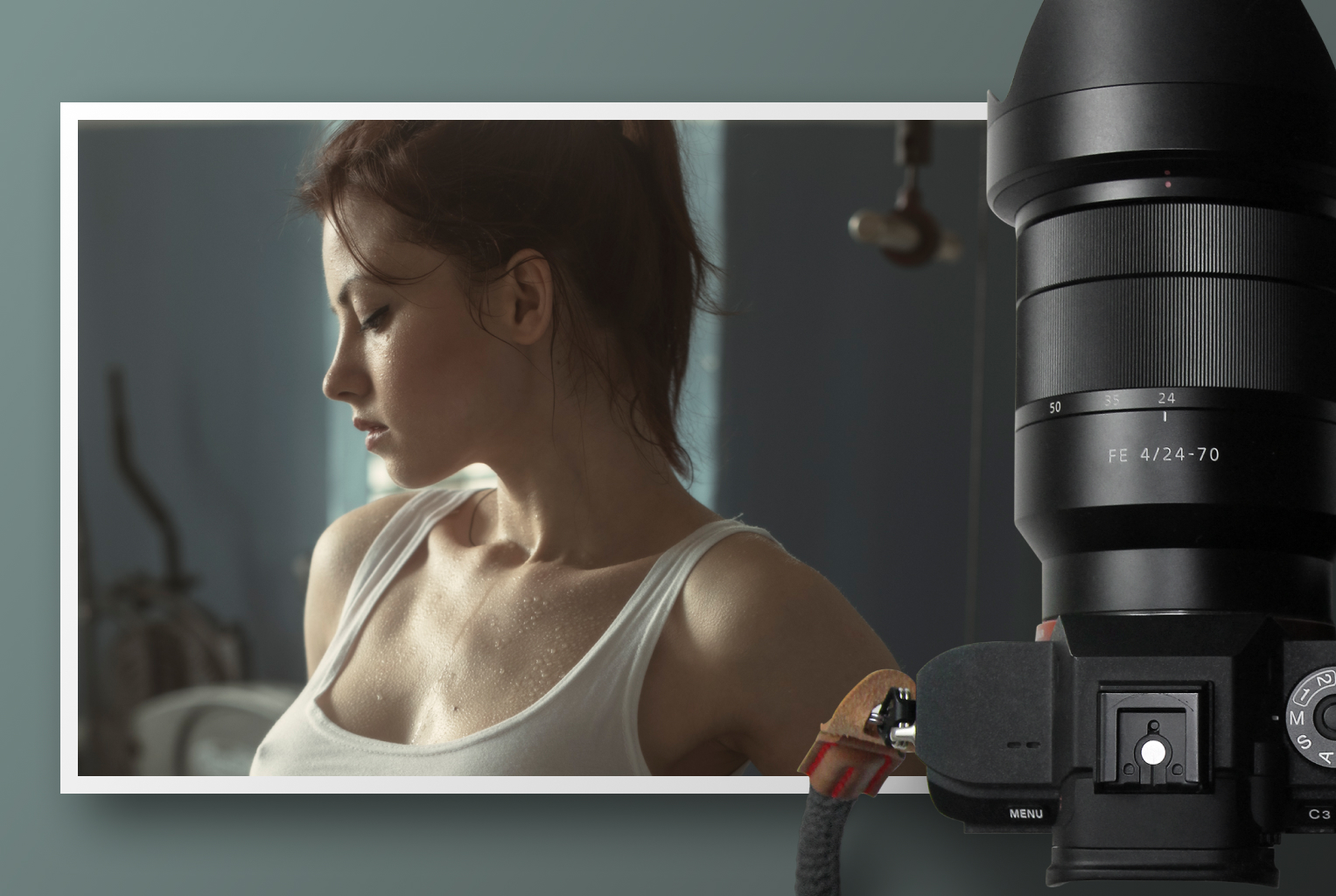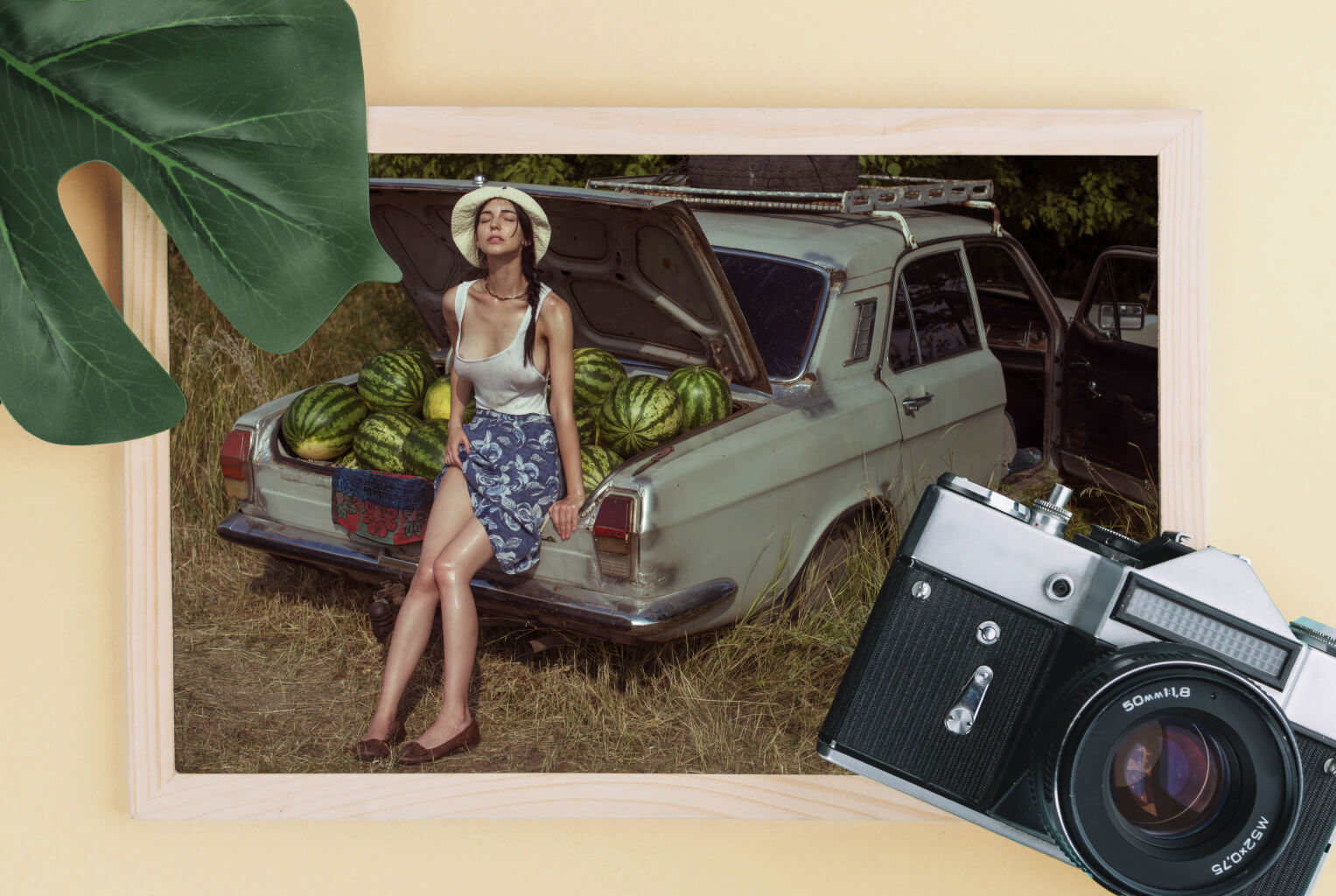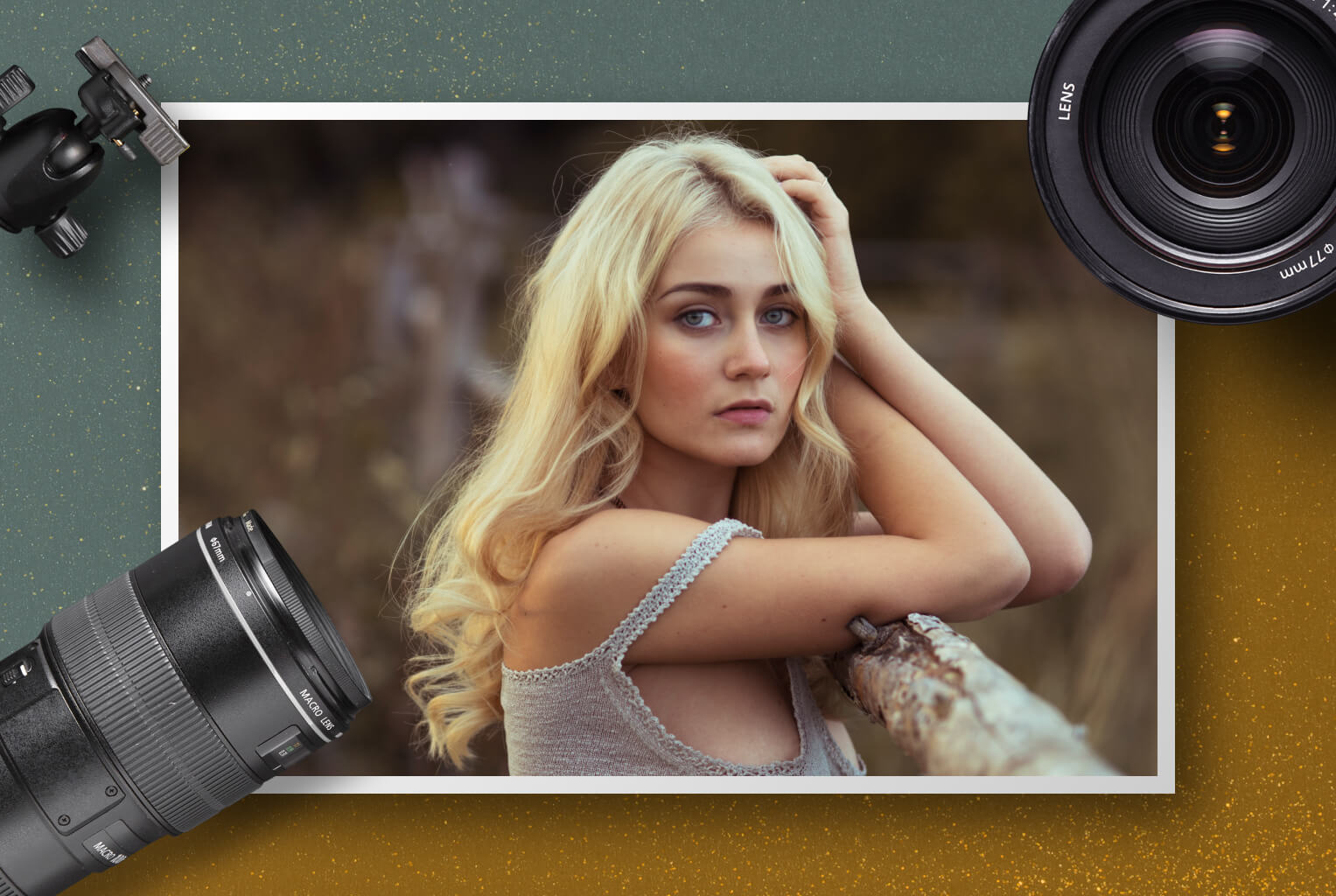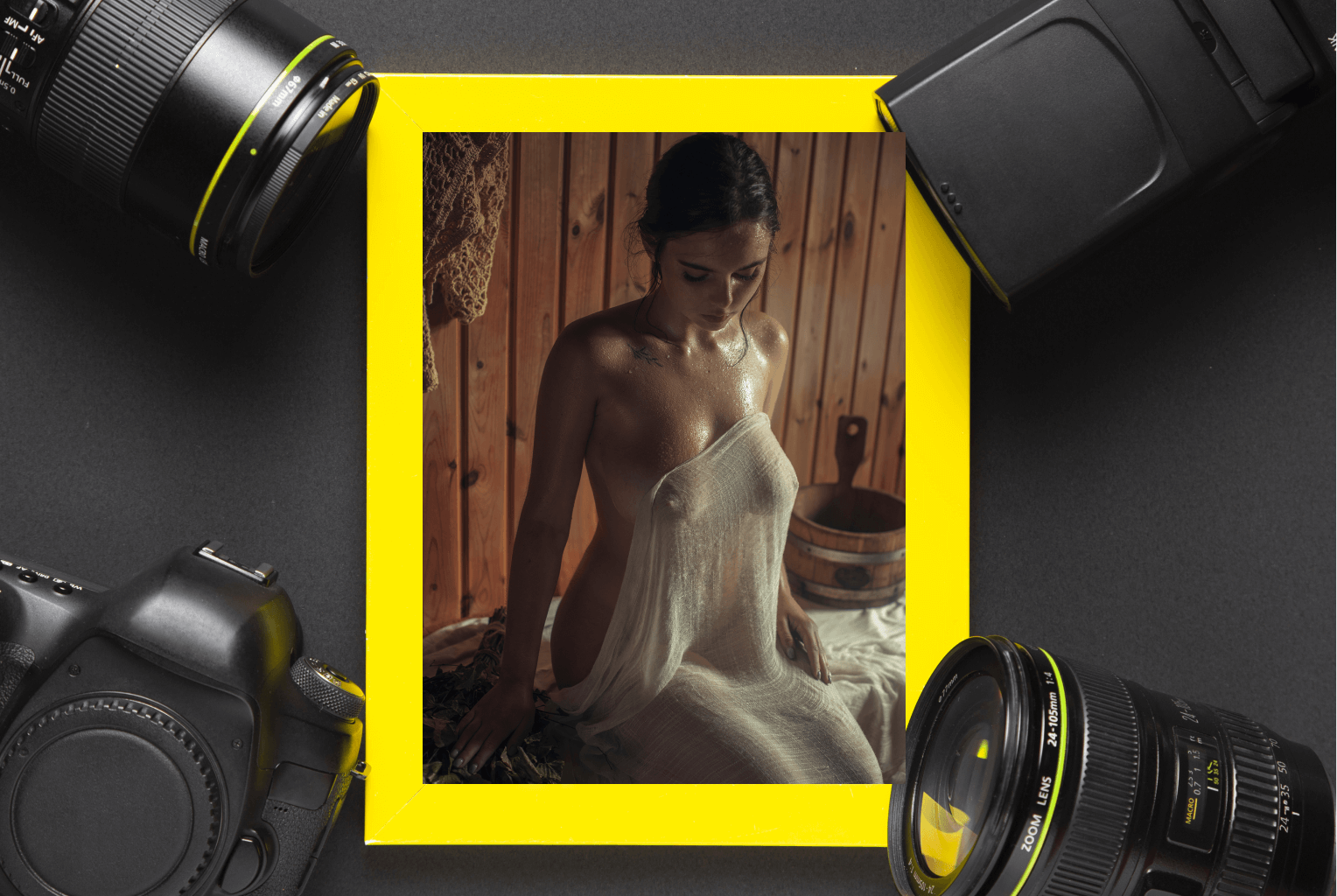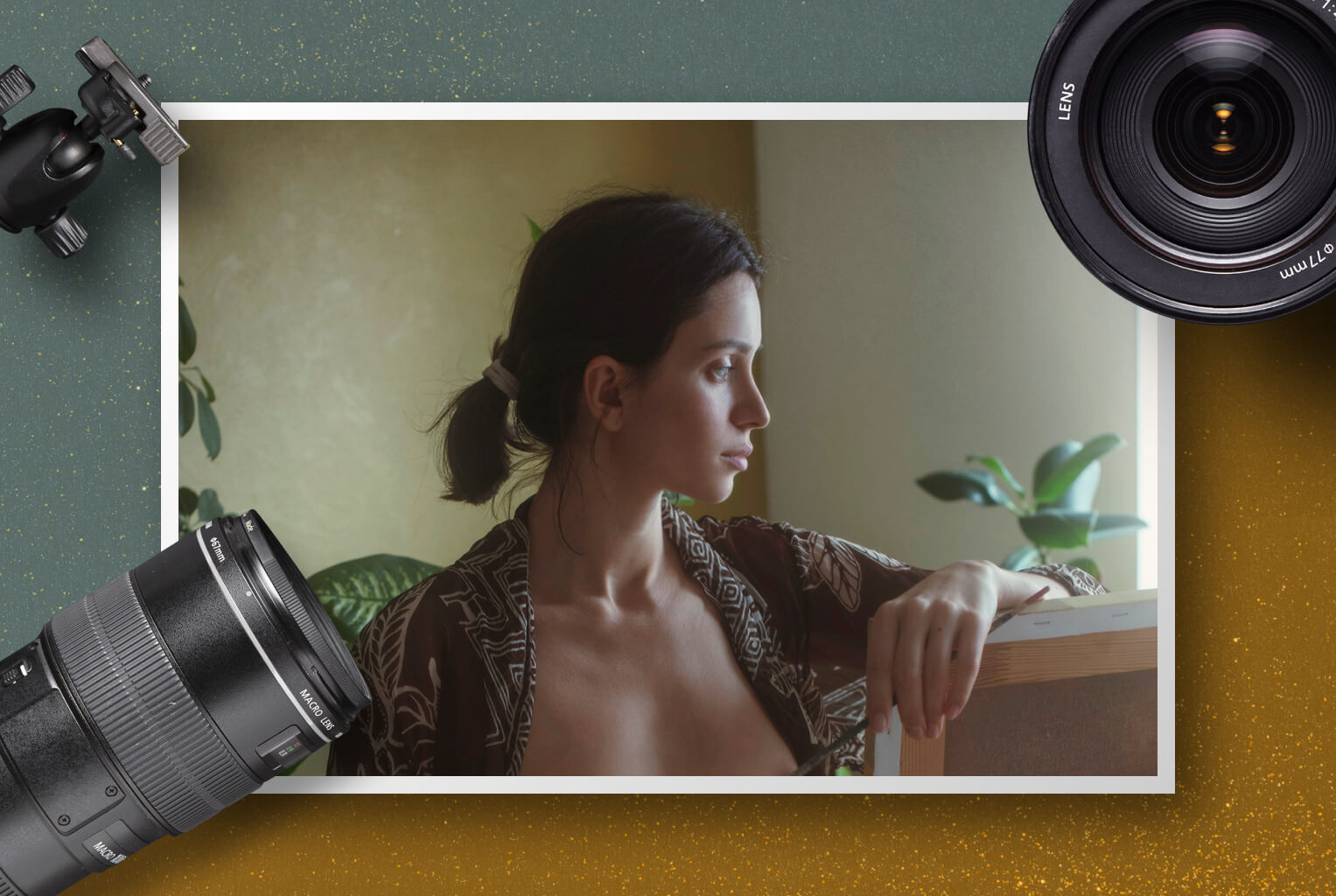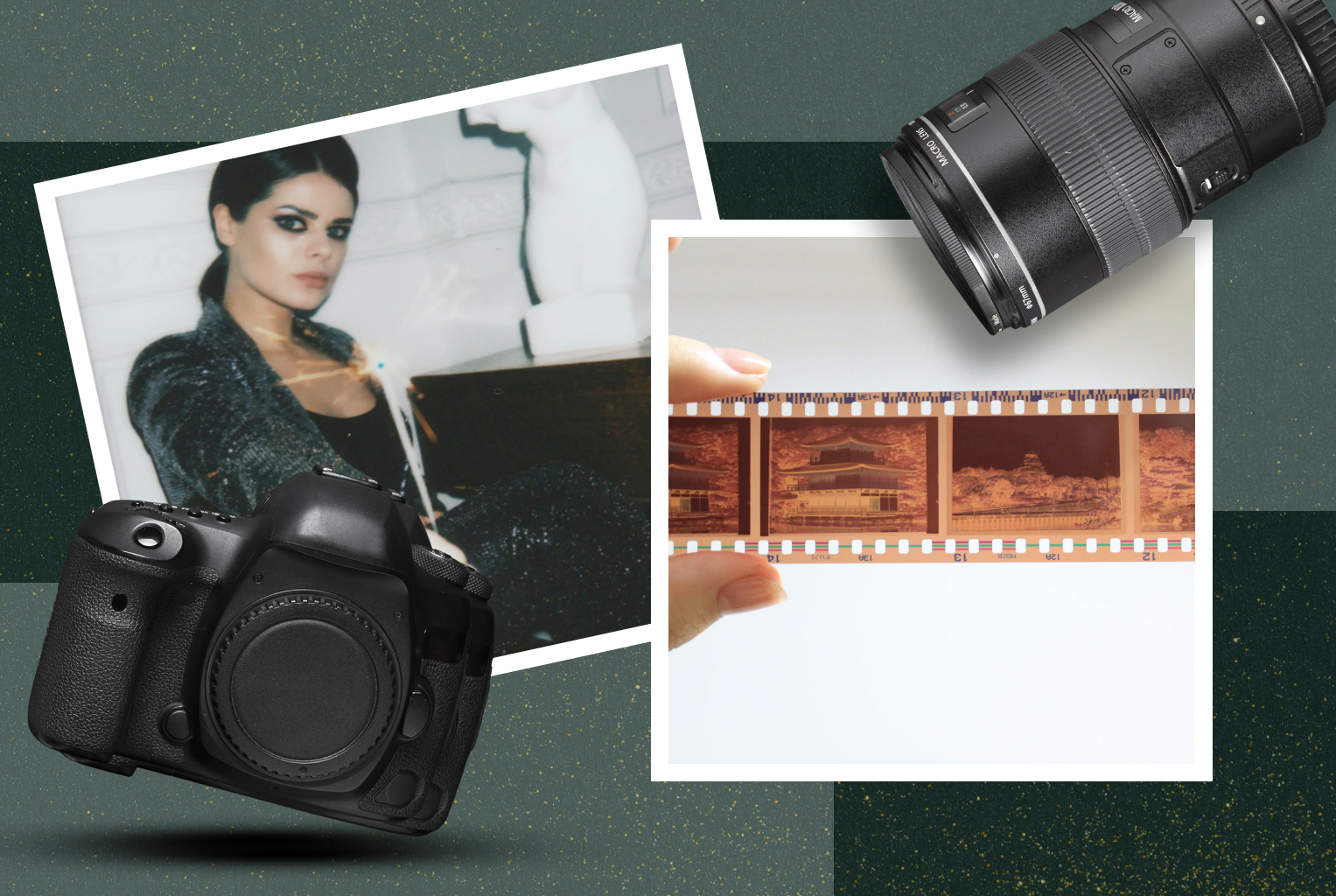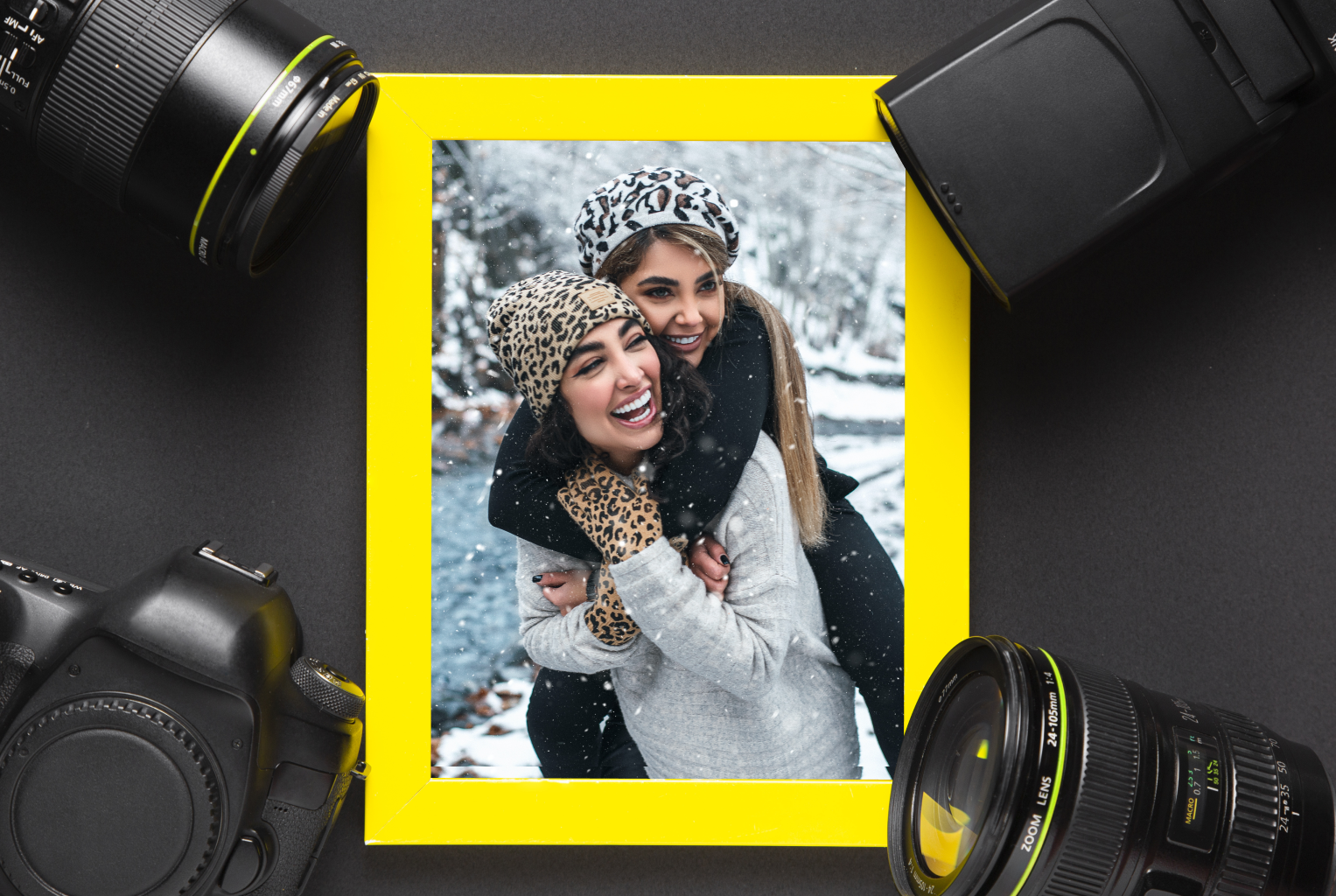
Tips for beautiful snow shootingDicas para belas fotos na neve
Genuine winter photos often do not get, as we see with our eyes. It is complicated to photograph snow on your phone. I will give you a few tricks that will help you to beautifully photograph the winter story.
Shoot high key
Snow usually adds light to the photo and can re-brighten it. And the camera's electronics will try to compensate for this sunrise, using the exposure.
As a result, you get a uniformly gray picture, not the white one you wanted. In the photo, this shooting technique is called "high key" or "white on white".
The point is to "explain" to the camera that so much white in the frame is standard, and that's what you want to get. And she doesn't have to darken it and make it gray.
When shooting snow, your main task is to keep the information in the brightest light without becoming just a flat white spot.
You don't want the light "blowing out".
To accomplish this, when shooting, you need to transfer the exposure compensation to +1 and above if you hit on the camera with manual settings.

Choose white balance correctly
It is also vital to ensure that the white balance corresponds to the light color you see and is neither too blue (cold) nor too yellow (warm).
That is, white should be as white as possible in this lighting. This is the essence of the white balance.
Photographers often prefer to balance white more in blue than get yellowish snow.
It looks terrific if you have a piercing blue sky and sun.
This can be done when shooting (setting "white balance" in the camera or phone) and processing in any editor.
However, to correct the white balance after processing, the RAW format is best, not JPEG.
If you are shooting a landscape, the balance of white snow should not be a problem.
Another thing, if you photograph a person against the background of snow, it would be good to do a more thorough treatment so that the cold tone of the photo does not make the skin of a person bluish and not very healthy. Then, treating the human skin with a separate masking brush with a warm white balance will be necessary.
How to make winter photography even more interesting
Interesting winter photos can be obtained on a sunny day, cloudy, and even at night. On a cloudy day, photography will be paler, but this can be used to create a particular mood, for example, minimalism. And another cloudy day can be perfect for winter portraits because clouds will give a beautiful soft scattered light without sharp shadows on the face. And in black and white, winter photography can also look great just due to the exciting composition, objects, and play of light and shadow.
In general, I recommend watching as many good photos as possible to be inspired and to learn how they are made and why they cling.
Fotos genuínas de inverno muitas vezes não são obtidas, como vemos com nossos olhos. É complicado fotografar neve no seu telefone. Vou lhe dar alguns truques que ajudarão você a fotografar lindamente a história do inverno.
Fotografe em alta definição
A neve geralmente adiciona luz à foto e pode re-iluminar. E a eletrônica da câmera tentará compensar esse nascer do sol, usando a exposição.
Como resultado, você obtém uma imagem uniformemente cinza, não a branca que você queria. Na foto, essa técnica de disparo é chamada de "high key" ou "branco sobre branco".
O ponto é "explicar" para a câmera que tanto branco no quadro é padrão, e é isso que você quer obter. E ela não precisa escurecê-lo e torná-lo cinza.
Ao fotografar neve, sua principal tarefa é manter as informações na luz mais brilhante possível, sem que elas se tornem apenas um ponto branco e plano.
Você não quer que a luz "apague".
Para fazer isso, ao fotografar, você precisa transferir a compensação de exposição para +1 e acima se usar a câmera com configurações manuais.

Escolha o balanço de branco corretamente
Também é essencial garantir que o balanço de branco corresponda à cor da luz que você vê e não seja nem muito azul (fria) nem muito amarela (quente).
Isto é, o branco deve ser o mais branco possível nesta iluminação. Esta é a essência do balanço de branco.
Os fotógrafos geralmente preferem equilibrar mais o branco no azul do que obter neve amarelada.
Fica ótimo se você tiver um céu azul penetrante e sol.
Isso pode ser feito ao fotografar (configurando o "balanço de branco" na câmera ou no telefone) e processando em qualquer editor.
No entanto, para corrigir o balanço de branco após o processamento, o formato RAW é melhor, não JPEG.
Se você estiver fotografando uma paisagem, o equilíbrio da neve branca não deve ser um problema.
Outra coisa, se você fotografar uma pessoa contra o fundo de neve, seria bom fazer um tratamento mais completo para que o tom frio da foto não deixe a pele de uma pessoa azulada e não muito saudável. Então, será necessário tratar a pele humana com um pincel de máscara separado com um balanço de branco quente.
Como tornar a fotografia de inverno ainda mais interessante
Fotos interessantes de inverno podem ser obtidas em um dia ensolarado, nublado e até mesmo à noite. Em um dia nublado, a fotografia será mais pálida, mas isso pode ser usado para criar um clima particular, por exemplo, minimalismo. E outro dia nublado pode ser perfeito para retratos de inverno porque as nuvens darão uma bela luz suave e dispersa sem sombras nítidas no rosto. E em preto e branco, a fotografia de inverno também pode ficar ótima apenas devido à composição emocionante, objetos e jogo de luz e sombra.
Em geral, recomendo assistir a tantas fotos boas quanto possível para se inspirar e aprender como elas são feitas e por que elas grudam.
Artistas
Informação
Todos os direitos sobre o conteúdo gráfico (fotos, vídeos, ilustrações), enredos/histórias, materiais de texto únicos, arquivos de áudio/conteúdo de áudio, código de programa correspondente, que foram usados e/ou estão sendo usados no aplicativo móvel "NYMF" e/ou todas as suas alterações originais, adições, modificações e também nos serviços https://dubnitskiy.com, https://nymf.com são resultado da criatividade individual e pertencem a D.I. Dubnitskiy (sob o pseudônimo de David Dubnitskiy).
Aviso de Copyright.
